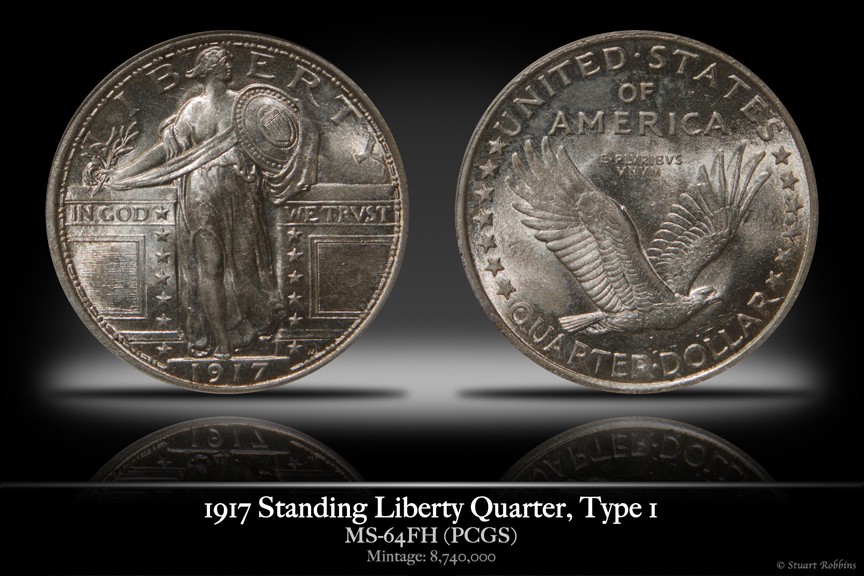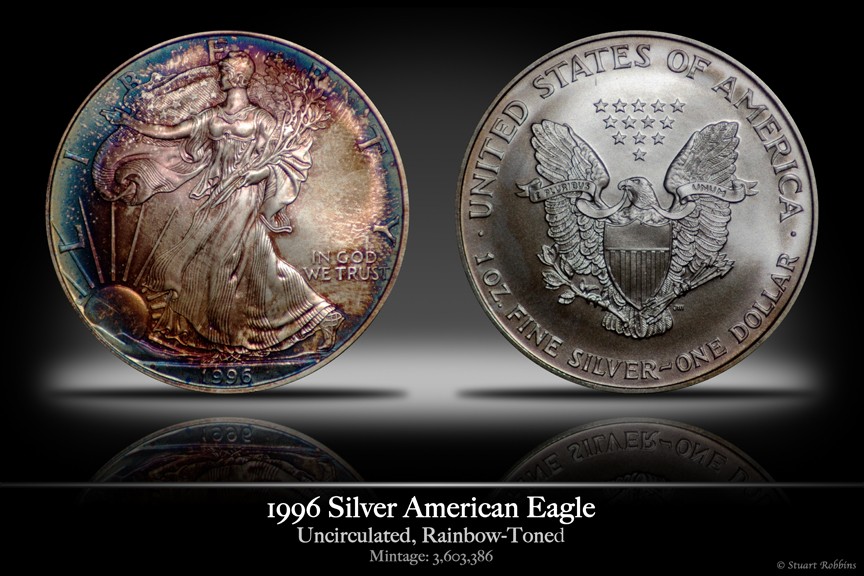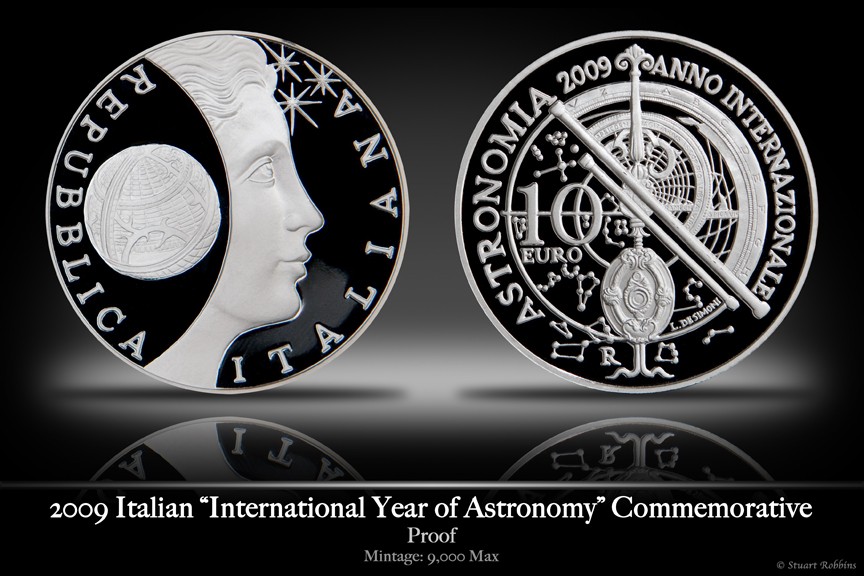lol ..I think I mis-understand your question.
Scanner seems a decent approach as long as you are not looking for "real" fine details.

Yeah, I do want real fine detail. The Apollo-8 spacecraft had an aluminum brick on board. Upon return to earth, the brick was melted down to make souvenir coins for those of us that worked on the mission. That's the coin that I want to photograph.
A good scanner can easily match and often beat DSLR when it comes to detail. The problem with using a scanner is the position of the light source. You often don't get the best shadow placement for showing the detail in a coin. If you have a scanner, give it a try. You may fine the results acceptable.
You fail to say what camera you will be using with the 28-105mm lens. The camera format has a lot to do with what field of view you can achieve. You will likely fine that you can get adequately tight framing if you are using it on a small format (DX in Nikon terms, APS-c in general terms) DSLR. If you are using it on a film body or "full frame" digital (FX in Nikon-speak) the tightest framing may not allow the coin to fill the frame (you also fail to mention the size of the coin).
The bit "trick" to good coin pix is lighting. I have found that the best start point is to make a cylinder or truncated cone out of white paper to place around the coin and to serve as a lighting tent. I then place a single light, or on occasions two lights, outside of the cylinder. This gives a rather diffuse and only slightly directional light. It also avoids distinct bright reflections from any polished portions of the coin. This doesn't always work well with worn circulated coins that have very little relief. It should work with a mint coin.








![[No title]](/data/xfmg/thumbnail/37/37604-7ad625e983f92f880eb65a264eeef5e4.jpg?1734170732)

![[No title]](/data/xfmg/thumbnail/36/36135-6594fe1d58af0053c3e939665e543ce4.jpg?1734168245)



![[No title]](/data/xfmg/thumbnail/31/31755-9bffabfa76f6307bcd78f535b2421cb5.jpg?1734160477)

